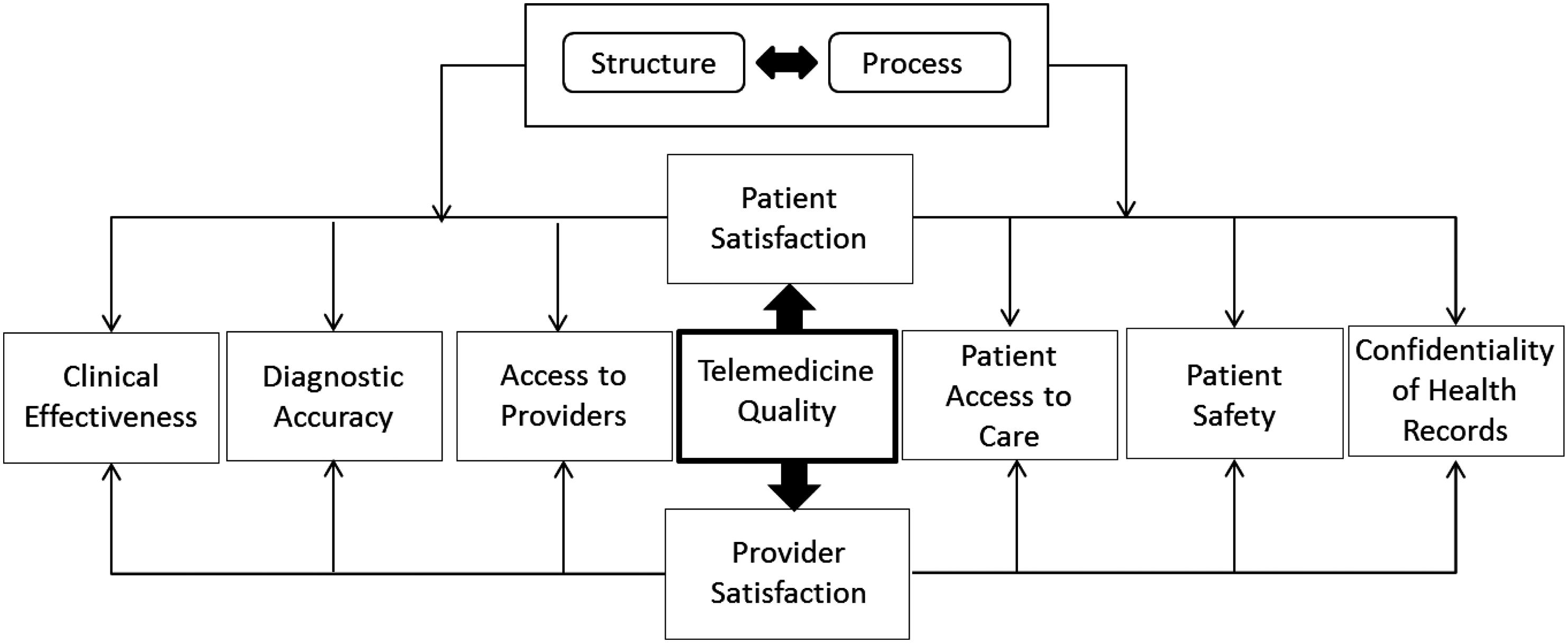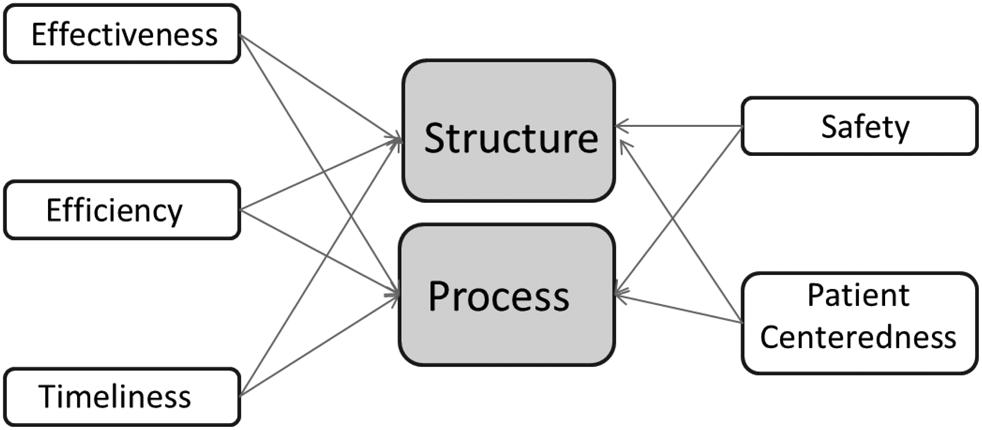
1 minute read
Value Proposition: Health Outcomes Divided by Costs
They should cover both near-term and longer-term health, addressing a period long enough to encompass the ultimate results of care. Additionally, outcome measurements should include the sufficient assessment of risk factors or initial conditions to allow risk adjustments (Porter, 2010).
Where:
Advertisement
Health Outcomes = outcome(s) important to the patient or realistic outcome (or achievable under the circumstances) + patient experience (access to care, being bounced around, ease of using the delivery system, lack of empathy and compassion, etc.).
Costs = total cost of delivering these outcome(s) and experiences over the cycle of care for the condition in question.
What constitutes “value” can be nuanced and vary from person to person. Patients value qualities of care depending on their health needs. Other barriers to value delivery include the misalignment of incentives, trust issues between stakeholders, regulations that discourage collaborations between organizations, and a lack of data standardization, interoperability, and transparency. According to Feeley (2016), it is critically important that doctors and patients understand that outcomes of care concern more than basic questions, such as will the patient survive an operation? or how long will a patient live with cancer?
Outcomes also involve the patient experience—questions such as Will there be pain with treatment? How long will the patient miss work? and What will the impact on the family be? In a value-based system, both doctors and patients should know what outcomes to expect and demand that outcomes be measured and publicly reported. When outcomes of care are reported, doctors can improve their results, and patients can make meaningful choices about where to receive care. Feeley notes that the costs of care delivery—the other part of the value equation—also need to be measured and made transparent to doctors and patients (Feeley, 2016). High medical bills have been linked to bankruptcy, yet most doctors do not know how much the care they outline will cost the patient, and most patients do not know how much their care will cost. It is time that patients know this information and that providers be transparent about their costs. The expectation that the government alone can fix the healthcare system is misguided. In fact, the system cannot be fixed by any single stakeholder group alone.





